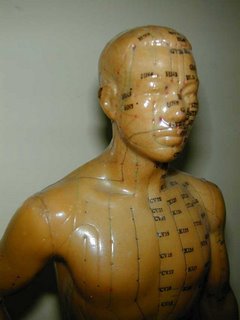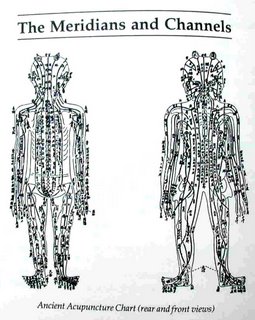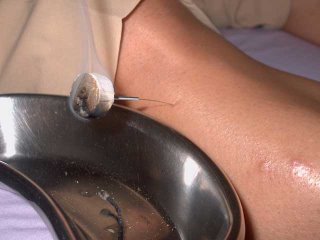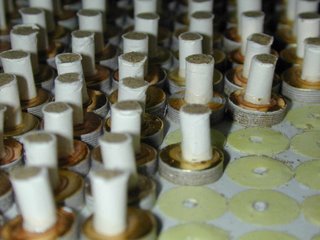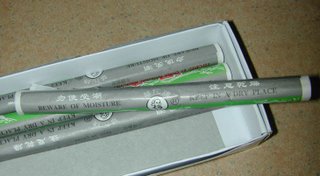Issues/FAQs
 Does acupuncture cure or is it just a stopgap measure?
Does acupuncture cure or is it just a stopgap measure?It does both. A correct diagnosis has to be made first and an appropriate treatment plan is geared towards restoring equilibrium. As mentioned in an earlier blog (Introducing Acupuncture), diagnosis is based on a series of steps -- interview, tongue diagnosis, pulse diagnosis and palpation. It looks at the human being as a mini-universe, a micro-cosmos. And the astute doctor must capture an accurate overall picture.
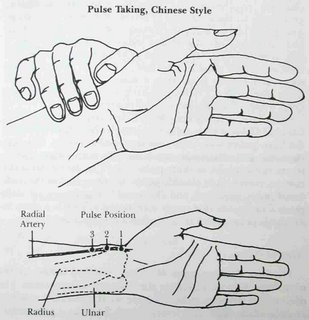 pulse diagnosis
pulse diagnosis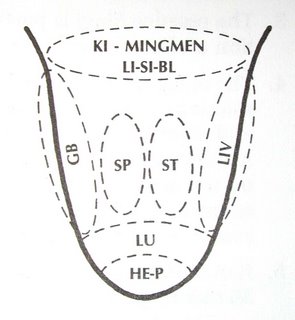 tongue diagnosis guide
tongue diagnosis guideMany times, the problems are merely quality of life problems. These are conditions western medicine doctors often dismiss as “acceptable” or, worse, "psychosomatic" -- conditions which you just have to live with. But for the TCM doctor these are a concern and requires treatment before it becomes a western medicine concern. Acupuncture works very well for serious conditions, too. They control the toxic side effects of chemotherapy and cobalt treatment. Western medicine has recognized its role in the treatment of many types of pain conditions, stroke, infertility, etc.
How long do treatments last?
The needles are kept in place for 20 minutes. A course takes from one to 20 sessions. And, many times, especially for degenerative conditions like osteoarthritis, complications of diabetes mellitus and stroke, the patient has to take several courses. It is advisable to continue treatment after the condition has been resolved for the purpose of maintenance and prevention. On the average, the course takes 2 to 3 months of weekly sessions but years of treatment is not unusual especially for the serious chronic conditions.
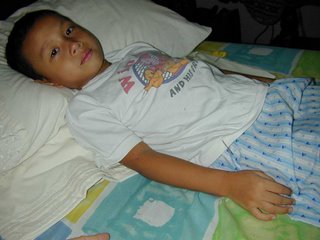
How about the danger of masking a serious condition?
What if the pain is actually a condition that requires immediate lifesaving surgery? What if the malignant tumor is still curable by immediate removal? What if it all ended up with treatment failure when all that was needed was a pill that was just there in the drugstore?
These are very legitimate issues that confront me everyday. Many times, the answers are clear-cut. Bacterial infections are still best treated with antibiotics. Life-threatening conditions, life support and most emergencies belong to western medicine. But there are gray areas. Here, I use the best of both worlds. I review all the existing laboratory and diagnostic work-up. If necessary, I get additional laboratory examination and refer for further diagnostic work-up. I keep up-to-date with the latest in the field. And I maintain a database of all the pertinent medical documents the patient has. But nothing beats frequent regular dialogue with the patient and/or his/her family regarding options, as well as keeping an effective network with other medical specialties. For when one deals with the illness of an individual, one deals with the innermost hopes and fears. And this is such a huge responsibility that I alone may not be able to bear at times. I seek help from other experts who may be in a better position to help my patient.

